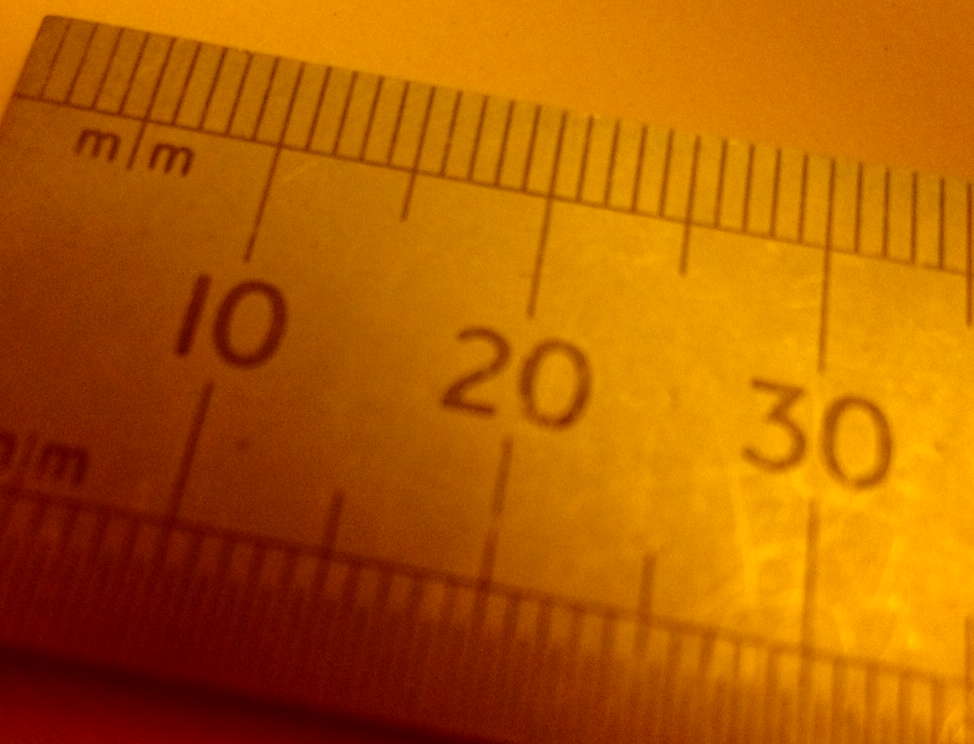To be ‘successful’ in the game – whatever game that might be – means that we have to have pain inside. This is an essential part of it – that inner pain is what drives our activity in the game. It is easy to see why playing a game always (by necessity) involves having pain inside of us – to be successful at the game means that we believe in the game as being an actual ‘thing’ – which is to say, we believe that the game is something that we can be legitimately ‘successful’ or ‘unsuccessful’ in. We’re taking the game seriously, in other words, and because we’re taking it seriously (because we have successfully adapted to it) this means that we have become cut-off from the sense of unconditional well-being that we have inside. Without this sense of unconditional well-being (or ‘OK-ness‘) on the inside, there can only be pain. There can only be ‘not OK-ness’. ‘Unconditional well-being’ – we might say – is what exists outside of the game and because it IS unconditional, it doesn’t drive anything. It’s not in the business of driving anything.
Being successful at playing the game also means that we have become ‘successful’ at letting the game define us. Unless we let the game define us we cannot play it! So – very obviously! – before we can be a winner at the game we first have to let the game provide us with an image of ourselves that it itself has decided. Then – and only then – can we either succeed or fail within the terms that we have been given. So succeeding at the game means being ‘a successful image’ because only the mind-created image (or analogue) of us can do well or not do well, feel euphoric or not feel euphoric. Before we can play we first have to trick ourselves that we are what we aren’t. Before I can move into the Image World, I have to believe that I myself am an image, obviously enough!
Tricking ourselves is no problem. Being successful at believing we are this ‘image’ that the game has constructed for us in order that we might play is easy! This is the easiest thing in the world – nothing is easier than mistakenly believing that one is a mind-produced image of oneself. We are all successes at this. The difficult thing is not believing it. Not tricking ourselves into believing that we are what we aren’t is like climbing up a sheer cliff face made of glass! Even Spiderman would have problems. This is not to say that we ever put any effort or work into not believing that we are this image – we never question it because we don’t even know that it’s a belief. We haven’t the slightest interest in questioning it because we’re far too busy trying to get things to work out for us on this narrow basis. That’s where our effort goes, if it goes anywhere…
What we do tend to put effort into is in trying to obtain a shinier image, a less tainted or lack-lustre one. That’s where the big money is – in being a ‘winner image’ rather than a ‘loser image’. But whether we’re a nice shiny image or a tainted or ‘spoiled’ image makes no difference with regard to us believing that we are an image, and all images are simply images when it comes down to it. The shiniest image there ever was is no different at all to the most spoiled or devalidated image there ever was. If I think that ‘I am this image’ then I have pain inside. Thinking that ‘I am this image’ equals pain.
The point about being a shiny image rather than being a tainted or drab one is that this can distract us from the pain that we have inside us, and distraction from pain equals pleasure. We’re chasing pleasure therefore. When all is going well within the terms of the game then ‘all is going well full-stop’ because the game is all we know. Our understanding of ourselves is limited, to say the least! We don’t know that we ‘have an inside’ – images don’t have any inside, any ‘interiority’. Images never have any interiority – not having interiority is what makes an image into an image.
The pleasure we’re chasing is ‘the pleasure of successful pain avoidance’ because we’re avoiding the pain of being aware of our own dreadful hollowness. ‘Losing’ means having the pain that we have avoided coming back to roost with a vengeance (even though we don’t see it like this). Oddly enough therefore, the whole economy of ‘pleasure versus pain’ (the economy that drives the game) is entirely fuelled by the pain inside of us that is caused by us being defined by the game in the first place! This – by any standards – is a very elegant device…
Instead of talking about feeling ourselves to be a winner-image rather than a loser-image we can say that we are experiencing the euphoria of being a validated ego rather than the dysphoria of being a devalidated one. Being validated is the only thing that an ego cares about – validation is the ultimate currency as far as the ego or self-image is concerned. Nothing feeling better than being validated and nothing feels worse than having this validation turned around and becoming its opposite. Being devalidated hurts like hell – it stings like nothing on earth! The pain that we are refusing to acknowledge is rebounding on us with topspin.
One way we’re being flattered / praised, the other way we’re being insulted / blamed, and we completely lack the capacity to see that ‘praise and blame are both the same’. We lack the capacity because we have no interiority and without any interiority we are totally at the mercy of whatever label comes our way. The pleasure of being flattered and the pain of being insulted are very shallow in other words, but because our idea of ourselves is correspondingly shallow we are completely consumed in both cases. For us, euphoria is ultimate blessing and dysphoria the ultimate curse.
The good feeling that the validated self-image experiences as a result of being validated isn’t a genuine ‘good feeling’ at all really therefore – it isn’t happiness, even though we experience it as being such. We think that we’re happy but it’s only a make-believe version or surrogate for the real thing. The ‘happiness’ of the self-image belongs to the self-image and the self-image isn’t who we are. The self-image isn’t even real and so what we’re talking about here is ‘the imaginary happiness of an unreal thing’!
We can only avail of this so-called ‘happiness’ by believing that we are this self-image but when we do believe this then we have also put ourselves in line to experience the full blast of dysphoria when it come our way. To be vulnerable to praise is to be vulnerable to blame. The coveted advantage that we gain as a result of believing that we are the self-image is the very same thing as the disadvantage that we gain as a result of believing that we are this self-image, therefore.
So we’ve learned this ‘trick’ that allows us to taste the sweetness of euphoria (euphoria being the false happiness that belongs to the unreal self-image). But the trick that we have learned is also the trick of suffering the unbearable bitterness and anguish that belongs to the unreal self-image.
What kind of funny trick is this, therefore? What kind of a trick is it that we have learned to play? We have learned to identify with the illusory self-image so that we can taste the false sweetness of the euphoria that it is privy to AND so that we can feel the full blast of the bitterness and despair that it is also privy to (as part of the package of being ‘the unreal self-image’). We’ve learned the trick of incurring a false advantage and then an unreal disadvantage, the trick of feeling good in an unreal way and then immediately afterwards feeling bad in an unreal way…
This alternation of feeling good and then feeling bad as the coin spins is how the self-image shows us its unreal nature. The self-image – in a very honest and straightforward way – shows us its unreal nature by compelling us to feel the euphoria of ‘success’ followed by the dysphoria of ‘defeat’, one after the other, over and over again, like a water-wheel turning. What could be plainer than this? It’s like someone who answers your question with an emphatic “YES” which is immediately followed up by an equally emphatic “but NO”. What we’re learning about here is the profound meaninglessness of our question; this is what paradoxes (or infinite regressions) are always telling us – they are informing us that we’re ‘looking at things in the wrong way’.
The answer to the question we’re asking life with our game-playing is YES/NO (or NO/YES). When we play the game of the unreal self-image the inevitable result is that we WIN/LOSE or LOSE/WIN. The inevitable result of playing this game is that we will feel GOOD/BAD or BAD/GOOD. We get to experience oscillating euphoria/despair/euphoria/euphoria/despair over and over again. This is why the alchemists of old (who were a subtle folk, unlike us!) used the phrase “congratulations and condolences”.
The message of this endless meaningless round of shallow pleasure and equally shallow misery and discontent (the message of a PLUS that keeps undoing itself every time with a MINUS) is clarity itself. It’s as plain as day for anyone that is interested in looking into it. What could be plainer than this? We never get it, however. Few things are as certain in life as the assurance that we are just never going to ‘get it’. We just keep on spinning. We just keep on orbiting around the fulcrum of the self-image; we just keep on spinning around ‘the hub of the obscene ego’, as D H Lawrence puts it in his poem Death is not evil, evil is mechanical.






